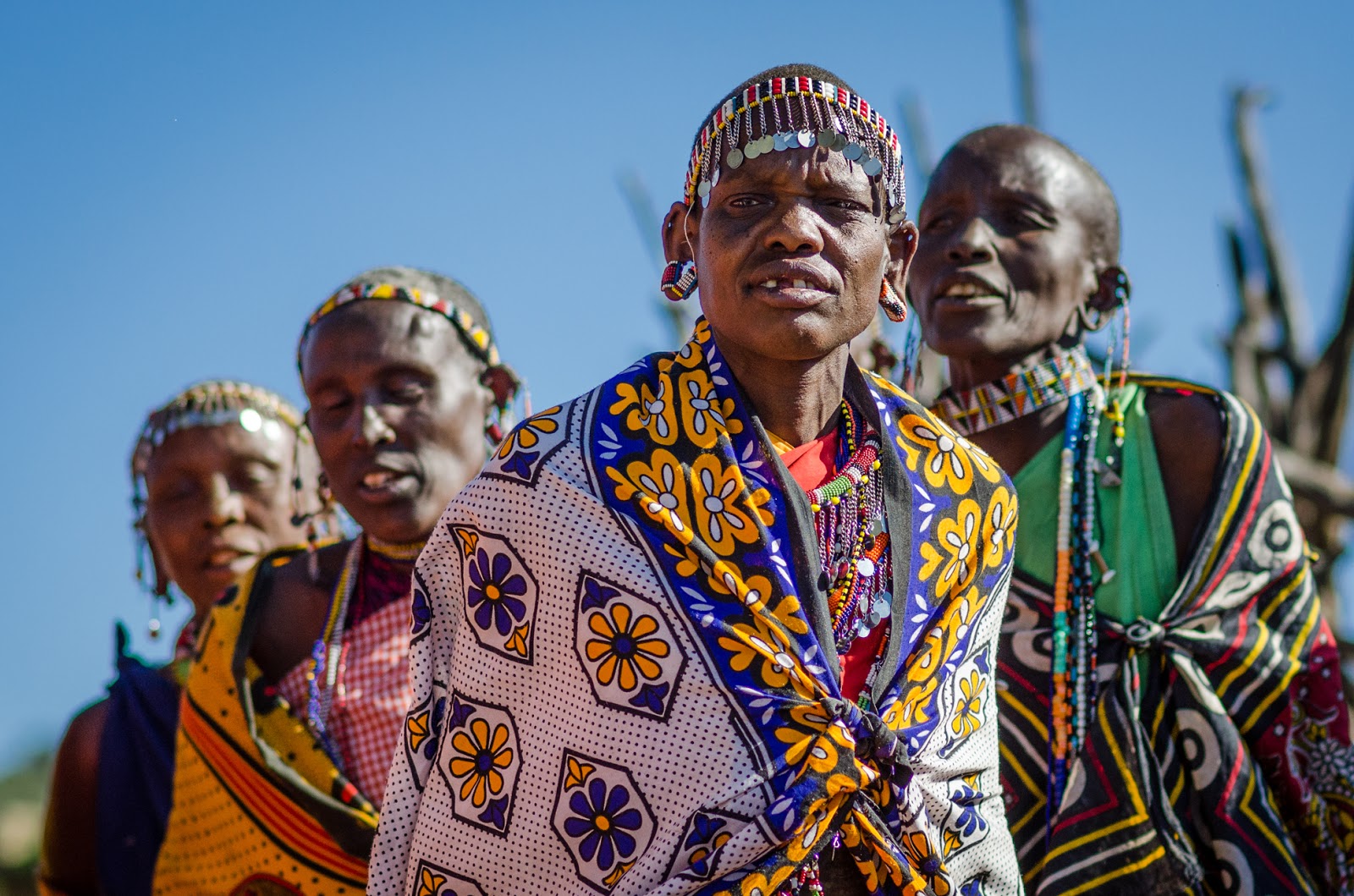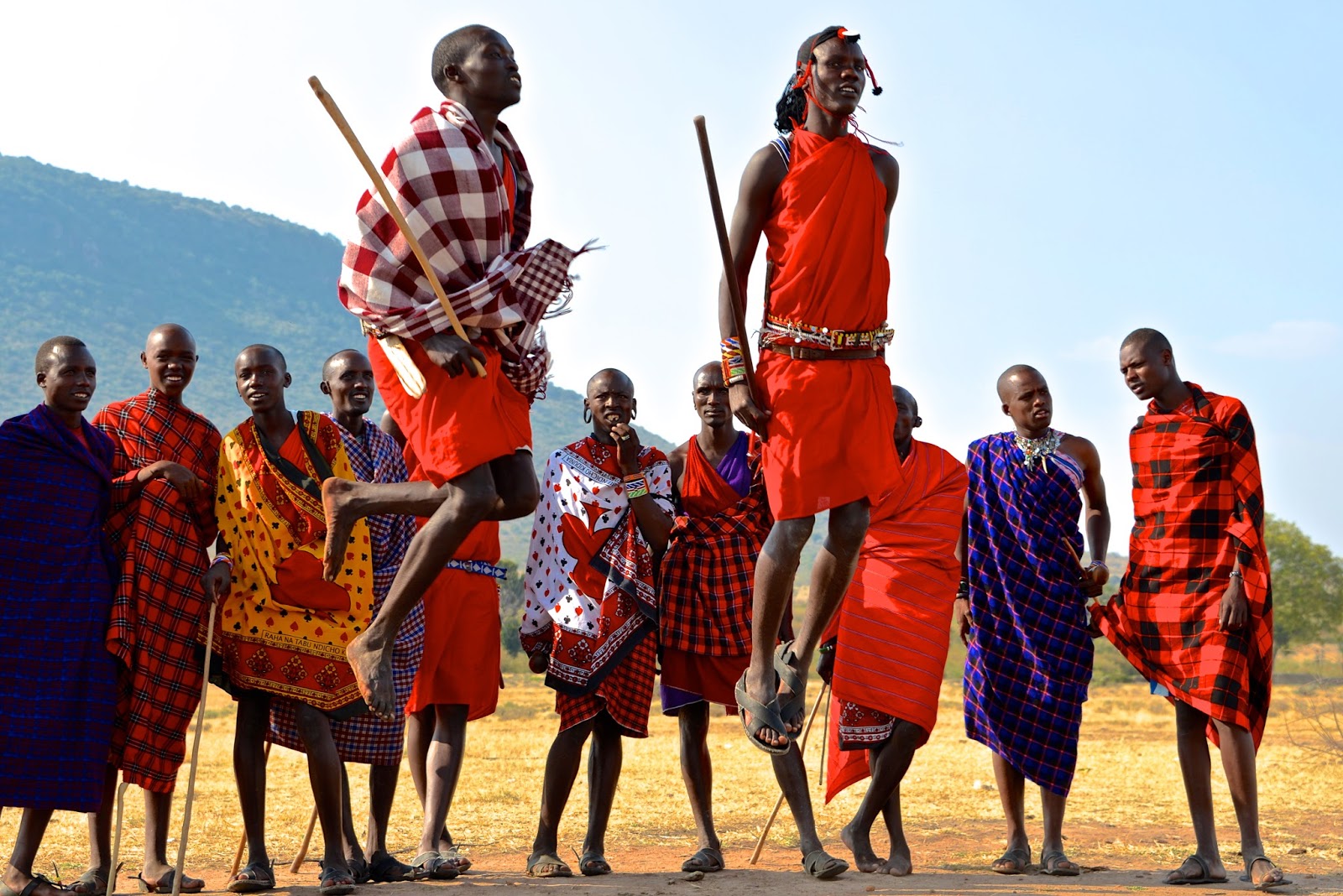Exploring The Rich Tapestry Of Tribes In Kenya Africa
Kenya, a nation nestled in East Africa, is a vibrant mosaic of cultures, languages, and traditions, with over 40 distinct tribes contributing to its rich heritage. Each tribe in Kenya has its unique customs, beliefs, and ways of life that reflect the diverse history of the region. From the pastoralist communities of the Maasai and Samburu to the agricultural traditions of the Kikuyu and Luo, the tribes in Kenya Africa offer a fascinating glimpse into the resilience and adaptability of its people.
As globalization encroaches upon traditional lifestyles, the tribes in Kenya are at a crossroads, where the old meets the new. Many tribes have found ways to preserve their cultural identities while embracing modernity, creating a dynamic fusion of past and present. The interaction between these tribes and the rapid changes in society provides an intriguing narrative that is essential to understanding Kenya's sociocultural fabric.
Examining the tribes in Kenya Africa allows us to appreciate their contributions to the country’s identity. The vibrant festivals, intricate beadwork, and traditional music tell stories of ancestry and community, offering a window into the lives of millions. This article will delve deeper into the various tribes, their customs, and the challenges they face in today’s world.
What Are the Major Tribes in Kenya Africa?
Kenya is home to a multitude of tribes, each with its unique characteristics. Some of the most prominent tribes include:
- Kikuyu: The largest ethnic group in Kenya, primarily engaged in agriculture.
- Maasai: Renowned for their warrior culture and semi-nomadic lifestyle.
- Luo: Known for their fishing skills along Lake Victoria and rich oral traditions.
- Oromo: An ethnic group with a significant presence, sharing cultural ties with Ethiopia.
- Meru: Farmers known for their unique art and customs.
- Samburu: Closely related to the Maasai, they maintain a pastoral lifestyle.
- Swahili: A coastal tribe known for their rich history and trade connections.
How Do the Tribes in Kenya Africa Preserve Their Culture?
Preservation of culture among the tribes in Kenya involves various practices, including:
- Oral Traditions: Elders pass down stories, songs, and rituals to younger generations.
- Cultural Festivals: Events that celebrate tribal heritage, such as the Maasai Mara Cultural Festival.
- Art and Craft: Handicrafts, beadwork, and traditional attire represent cultural identity.
- Education: Incorporating tribal history into school curriculums to educate youth.
What Role Does Language Play in the Tribes of Kenya Africa?
Language is a crucial aspect of cultural identity among the tribes in Kenya. Each tribe has its own language or dialect, contributing to the rich linguistic diversity of the country. For instance:
- The Kikuyu speak Gikuyu.
- The Maasai communicate in Maa.
- The Luo speak Dholuo.
- Swahili serves as a lingua franca among various tribes.
Language not only serves as a means of communication but also carries cultural significance, embodying history, wisdom, and social norms of each tribe.
What Are the Challenges Facing the Tribes in Kenya Africa Today?
Despite their rich cultural heritage, the tribes in Kenya face numerous challenges, including:
- Urbanization: Migration to cities poses a threat to traditional practices.
- Climate Change: Effects on livestock and agriculture impact livelihoods.
- Land Disputes: Competition for land can lead to conflicts between tribes.
- Globalization: The influence of Western culture can dilute traditional values.
How Do the Tribes in Kenya Africa Contribute to Tourism?
Tourism in Kenya heavily relies on its diverse tribes, showcasing their cultures, traditions, and lifestyles. Tourists flock to experience:
- Wildlife Safaris: Integrating cultural experiences with wildlife viewing.
- Cultural Tours: Visits to tribal villages to learn about their customs.
- Art and Craft Markets: Purchasing handmade crafts promotes tribal economies.
- Festivals: Participating in cultural festivals enriches the tourist experience.
What Is the Future of the Tribes in Kenya Africa?
The future of the tribes in Kenya is a blend of hope and challenge. While modernization poses threats, there is a growing movement to preserve cultural heritage. Initiatives focusing on:
- Community Development: Empowering tribes to sustain their livelihoods while preserving culture.
- Cultural Education: Teaching younger generations about their heritage.
- Eco-Tourism: Promoting sustainable tourism that respects tribal lands and cultures.
Engaging local communities in tourism can provide economic benefits while fostering respect for their traditions.
Conclusion: Embracing the Richness of Tribes in Kenya Africa
The tribes in Kenya Africa are not merely groups of people; they are custodians of a rich cultural heritage that deserves recognition and respect. As we embrace the beauty of their traditions and the strength of their resilience, we must also advocate for their rights, ensuring that the future generations can enjoy the legacy of their ancestors. By understanding the complexities and interconnections of these tribes, we pave the way for a harmonious coexistence that honors both tradition and modernity.
Eric Justen: The Unseen Influence Behind Pretty Little Liars
Trendy And Stylish Short Dread Hairstyles For Women
Unveiling Kenny Chesney's Heart: The Romance With Mary Nolan


